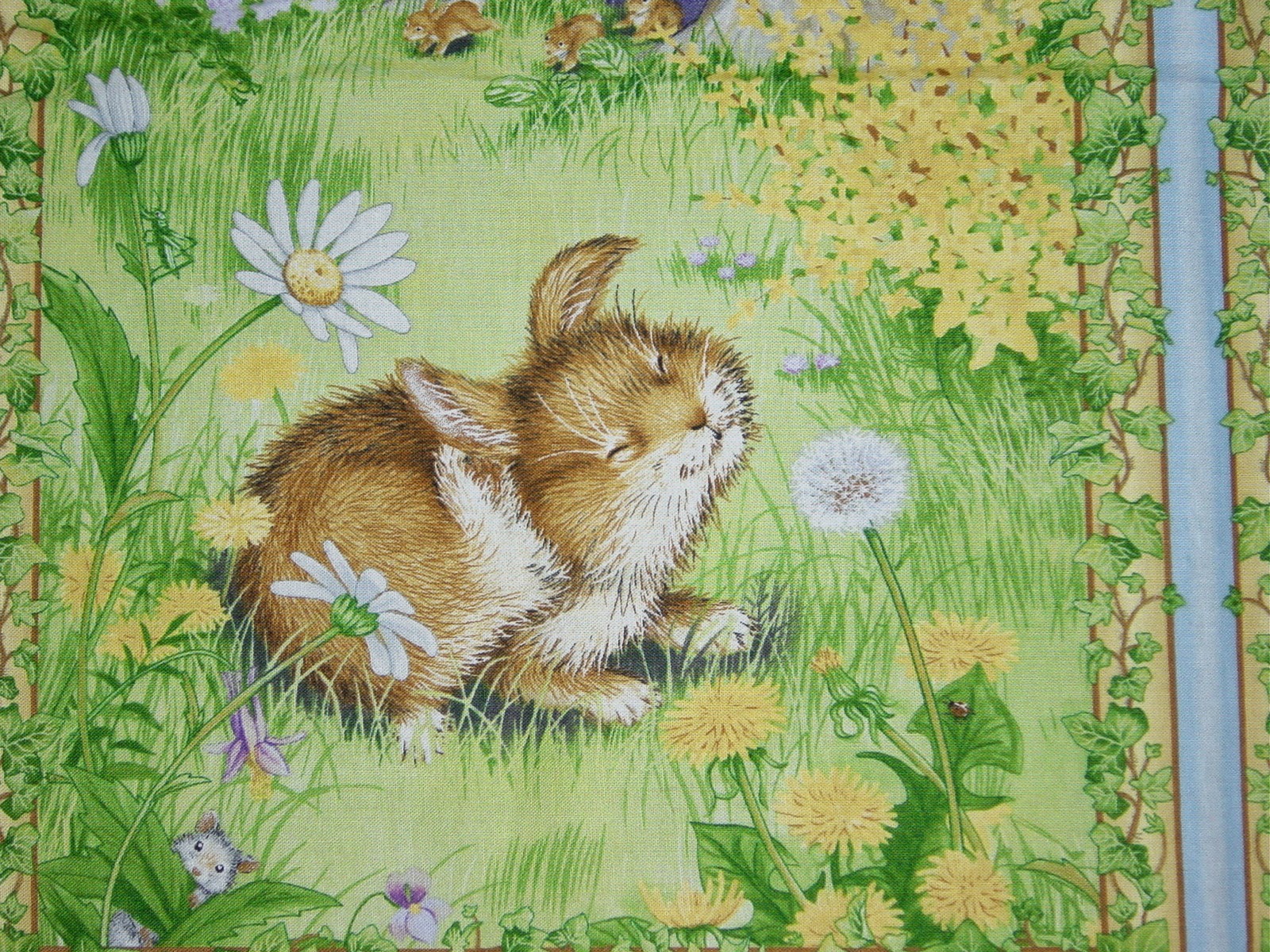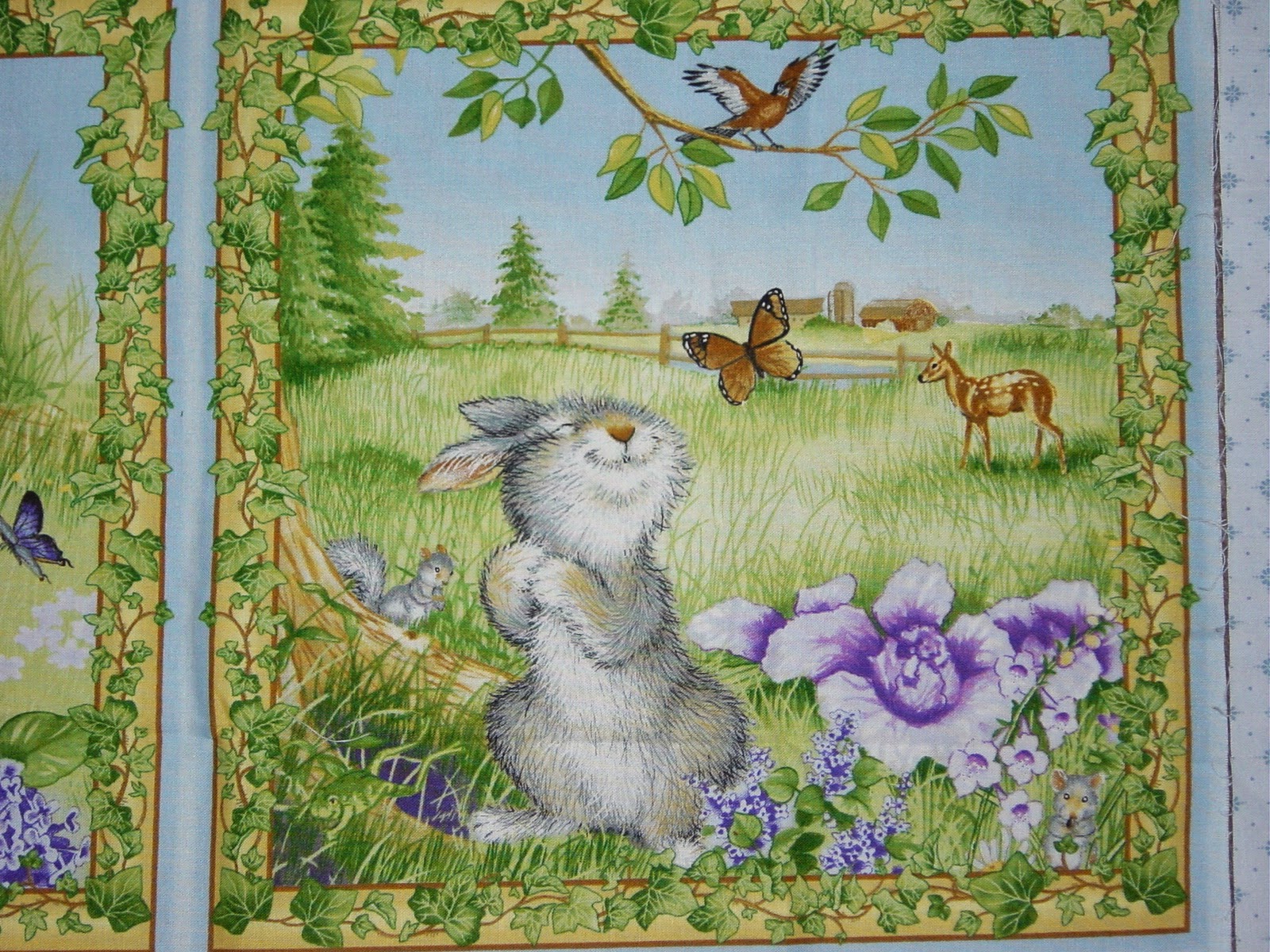The fabric originally came to South Africa, from Germany in 1840. Missionaries felt that the local tribal women needed to be covered up, as they walked around bare breasted. So they imported the German print "Blauwdruk" Indigo fabric to make dresses for the women. The fabric was ultimately absorbed into the Xhosa culture. These days, when a couple is getting married, the groom has a dress made for the bride out of the traditional fabric known as "sis" (being the Afrikaans for cotton fabric). Which forms part of Lobola (Bride prize/Dowry). The dress is called Isishewsshwe. The bride will wear the dress, as a married woman, to show she honors her new family, but most importantly as a sign of respect for her husbands mother.

This fabric has a unique journey, with a history. I will share what I know, with photos, as I go along.
A German factory developed a cheaper synthetic indigo dye in the 1890's and the fabric was then manufactured in Czechoslovakia and Hungary. This manufacturer then immigrated to England in 1930's and the fabric was made under the THREE CATS trade name.
When the English factory closed down, a South African firm bought all the original roller plates, design blocks, formulas. Da Gama Textiles continue the production of the indigo fabrics, in the Eastern Cape, under the THREE LEOPARDS, logo which is the African version of the THREE CATS. There is also a Three Fish line.
In recent years I have discovered this one as well.
When you first feel the fabric, one is amazed at how stiff it is and wonder what it can be used for. It has a very distinctive smell from the starch, because the African people prefer it this way, as it makes sewing on a Singer hand crank sewing machine so much easier, in rural areas where electricity is not readily available.
As soon as you soak the fabric, it gets rid of the excess dye and stiffening. Becoming soft and supple, ready to cut and sew. (If you have any old jeans that need a new lease on life, wash them with your indigo blue, the dye will make them like new). The fabric will fray a bit around the edges, once washed. It comes in three colours. Blue, Red and Brown.
Da Gama Mills are now the last remaining manufacturer of indigo fabrics, who grow and weave their own cotton, process it, with the indigo dye and print it, using the original copper rollers. The pattern is printed on with a roller using oxalic acid-fast and it is then run through an indigo dye vat.
In recent years we have seen it in green, bright orange and pink.
Panels for a skirt is printed specially. One normally need eight panels of the same print to make a skirt, it is one size fits all. It can be made to fit, by adjusting the length. Extra panels can be added to accomodate plus sizes.
In the African heat, cotton is a lifesaver and Shwe-Shwe is worn by all South African's today. Adults wear skirts, men shirts and girls dresses, decorated with bright colours of rick rack sewn in bands just above the hemline, around the bodice or collar. Quilters use it in patchwork, with blue and white, the most popular since 1840's. It is used in the making of the "Dear Jane" quilts, in recent years, as the variety of prints in this fabric is amazing.
It is durable fabric and can be used for a large range of items, including this bag, which a friend made for me.
Chwe-Chwe or Ujamani named by the Xhosa people of the Eastern Cape.
Today, I wonder what the missionaries would think, if they could see the impact they had on a country so far from home, not knowing how it would affect the future and culture of another nation. It stood the test of time.




















































